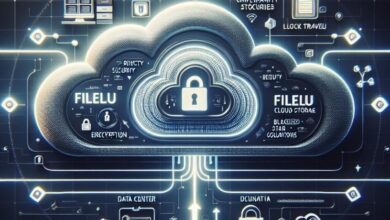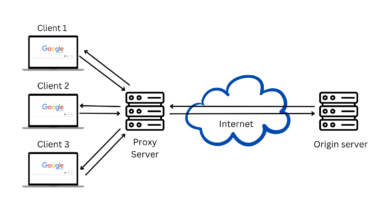
4 Reasons Why Companies Should Consider Integrating a Critical Event Management Platform
A critical event may have major repercussions for a firm, whether it’s bracing for bad weather or discovering an employee is traveling near a COVID-19 hotspot.
These often-unexpected hazards represent a serious threat to employees, company continuity, and clients. They can interrupt your firm’s safety, security, or operations. COVID-19 spread, wildfires in Australia, major riots in the United States, and a wave of hacks attacking businesses including Zoom, Twitter, and the World Health Organization all happened in 2020.
Companies must plan for the immediate and long-term implications that critical events might have on everyday operations as the number of critical events continues to grow. A Critical Event Management (CEM) platform is the best approach to improve your preparedness. Here are four reasons why CEM should be included in your security strategy.
Severe weather, intellectual/physical property theft, IT failure, cyber-attacks, and even slower boil significant concerns that, if left ignored, escalate into catastrophic crises are all examples of critical occurrences. Find out how critical event management software may help you rescue your company.
Table of Contents
Critical Events Are Ever Increasing
According to McKinsey, headlines including the words “crisis” and the name of a Forbes top 100 business appeared 80% more frequently between 2010 and 2017 than in the previous decade. With organizations dealing with an average of four distinct critical events over the course of a 24-month period, failure to manage these events in real-time can result in revenue loss, productivity loss, and severe reputation harm. Because of the increasing complexity of businesses and the rise in stakeholder expectations for ethical behavior, firms must now, more than ever, have a plan in place to manage these risks.
Secure Employee Sensitive Data
Companies may use a CEM platform to verify that they are fulfilling and surpassing their duty of care obligations to workers, regardless of where they are in the globe. Employees’ health and safety might be jeopardized by a catastrophic incident, whether they are traveling overseas or working in their home office. When it comes to handling critical events, employee safety is a major issue, therefore a dedicated platform can assist assess the severity and significance of each scenario so that potentially life-threatening repercussions may be avoided.
Organizations may know where their workers are at any given time with dynamic location updates provided by travel itineraries and badge location data. When a critical event occurs, this feature will enable businesses to confidently communicate with those who will be directly impacted, reducing white noise and message fatigue. A CEM platform assists organizations in alerting the appropriate individuals at the right time for reasonable purposes.
Maintaining Business Continuity Is Mandatory
With the number of key events increasing every year, the failure to sustain company continuity during a crisis might come at a high cost. Each crucial event that a firm experiences is expected to cost them $350,000 on average. Losses from company disruptions, costs connected with IT downtime, property damage losses, and costs associated with reduced staff productivity are just a few examples of these charges.
Companies may better prepare for both unforeseen occurrences, such as a cyberattack or civil unrest and predicted events, such as bad weather, by incorporating a CEM platform into their security program. They will be better prepared to continue company operations in times of uncertainty as a result of this, perhaps saving millions of dollars.
Take Quick And Efficient Actions
Overall, a CEM platform may provide your security team the assurance they need to monitor and respond to incidents fast. Companies that do so can better manage risk and reduce the impact of a major incident on their main stakeholders. A CEM platform can give an integrated method to recognizing and analyzing the severity of incidents so that predefined standard operating procedures can be quickly implemented for those who have a strong in-house security team.
For companies without a GSOC or the resources to monitor threats and incidents around the clock, a managed service like Northland’s CEM as a Service (CEMaaS) can provide powerful threat intelligence, mass notification, location tracking, and response capabilities without a significant investment in technology or personnel. Furthermore, post-event analytics enables businesses to analyze key performance indicators (KPIs) such as the length of an event, reaction times, and geographic areas in order to better plan for future events.
It is simple to automate emergency alerts and assign duties, reducing the risk of human mistakes and inconsistent communication during an emergency. Our staff would be glad to arrange a free demonstration of the Zapoj CEM platform in action, explain how it works and answer any questions you may have concerning critical event management.
Find out how businesses are using CEM technology to better analyze and respond to important events. Contact our team if you’re thinking about incorporating critical event management into your security strategy.








